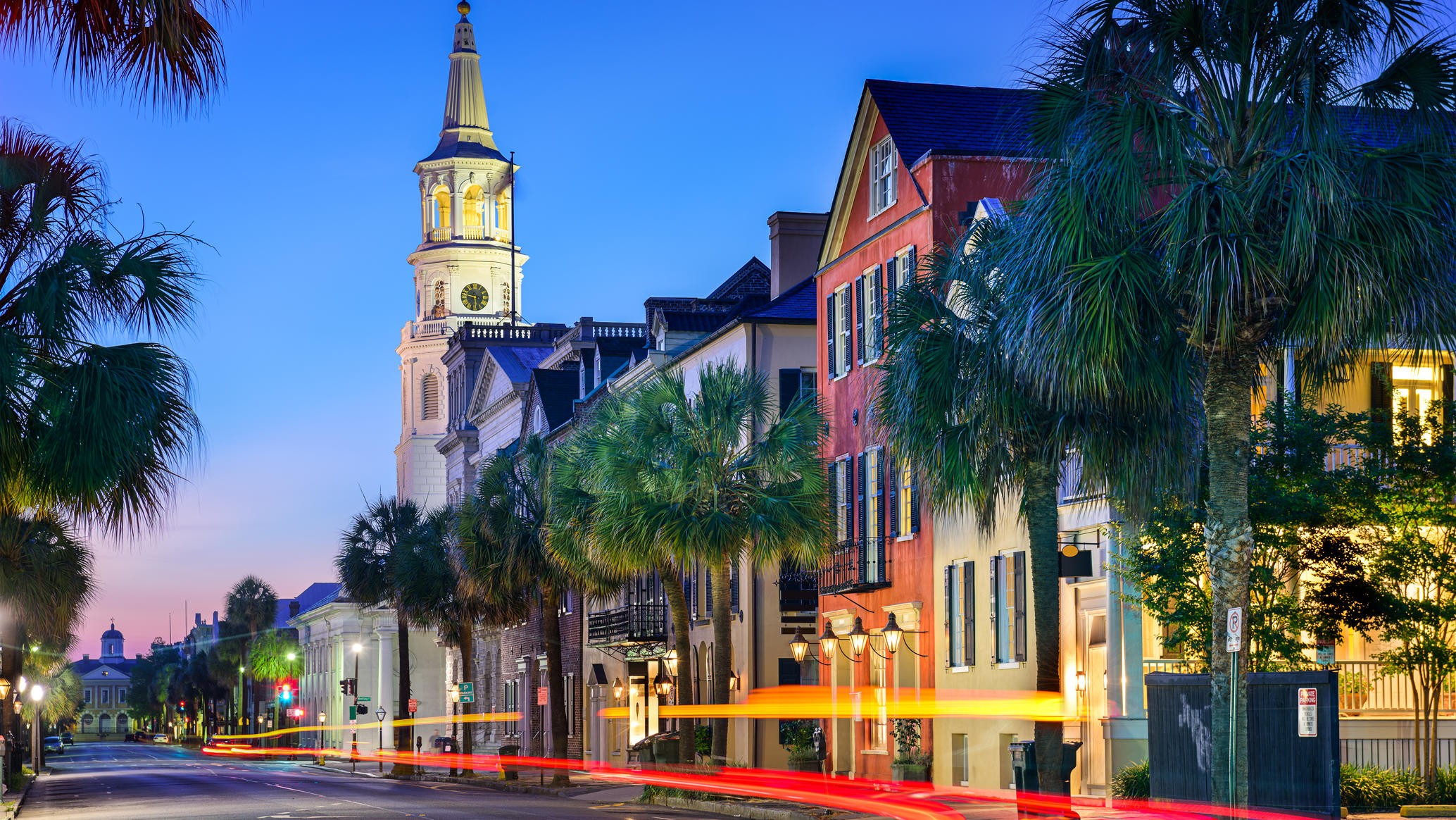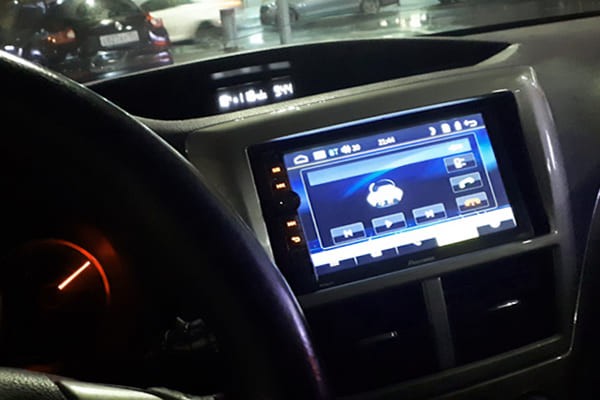
A Guide to Colored Borders in South Carolina
Parking Laws in South Carolina: Understanding the Basics
When parking in South Carolina, you need to make sure you understand the applicable rules and laws. Knowing these rules will not only help you avoid fines and vehicle recovery, but also ensure that your parked vehicle is not a danger to other drivers or yourself.
Rules to know
The first thing to know is that double parking in South Carolina is illegal and also impolite and dangerous. Dual parking is when you park a vehicle on the side of the road that has already stopped or is parked on the side of the road or at the curb. Even if you're going to be there long enough to drop or pick someone up, it's illegal. You also need to make sure you are always within 18 inches of the curb when parking. If you park too far, it will be illegal and your car will be too close to the road, which could lead to an accident.
Unless ordered by law enforcement or a traffic control device, parking in many different areas, such as on an interstate highway, is illegal. You are not allowed to park on the side of the motorway. If you have an emergency, you want to get as far as possible on your right shoulder.
It is forbidden to park on sidewalks, intersections and pedestrian crossings. You must be at least 15 feet from fire hydrants when parking and at least 20 feet from crosswalks at an intersection. You must park at least 30 feet from stop signs, beacons, or signal lights on the side of the road. Do not park in front of the driveway or close enough to obstruct others from using the driveway.
You must not park between the security zone and the opposite curb, within 50 feet of a railroad crossing, or within 500 feet of a fire truck that has stopped to respond to an alarm. If you are parking on the same side of the street as the fire station, you must be at least 20 feet from the road. If you are parking on the opposite side of the street, you need to be 75 meters away.
You may not park on bridges, overpasses, tunnels or underpasses, or along curbs that are yellow or have other signs prohibiting parking. Do not park on hills or curves, or on open highways. If you need to park on the highway, you must ensure that there is at least 200 feet of open space in any direction so that other drivers can see your vehicle. This will reduce the chance of an accident.
Always look for "No Parking" signs, as well as other signs of where and when you can park. Follow the signs to reduce the risk of getting a ticket or towing your car for improper parking.
